With numerous insider reports,patent awards, acquisitions, and hires over the past few years, augmented reality smartglasses from Apple appear to be an inevitability.
The latest report, from Taiwan-based Digitimes Research analyst Luke Lin, reveals that Apple has tapped Taiwan Semiconductor Manufacturing Company (TSMC) to supply microLED panels on silicon-based backplanes for its rumored AR wearable as well as future iterations of the Apple Watch.
Citing sources from up the supply chain, Lin specifies that the microLED panels for the AR device will be between 0.7 and 0.8 inches. Meanwhile, the larger Apple Watch panel is expected to begin mass production as soon as the second half of 2018 (a timeline for production of the AR wearable panel has not surfaced).
The microLED panels could also mean a higher price tag for the wearables. In fact, Lin predicts that the panels could run as much as 600% higher than the OLED panels currently used in the Apple Watch. A smaller panel for an AR wearable, therefore, could command an even steeper cost.
Lin's report aligns with previous reports that claim Apple is making its own microLED screens, which could be comprised of TSMC's panels.
Frequently labeled as the future of display technology, microLEDs are self-emitting and battery efficient, two features that would be particularly beneficial for wearables, a growing device category in which the size of devices and the batteries that power have little room for bulk.
- Follow Next Reality on Facebook, Twitter, Instagram, YouTube, and Flipboard
- Sign up for our new Next Reality newsletter
- Follow WonderHowTo on Facebook, Twitter, Pinterest, and Flipboard
Cover image via TSMC






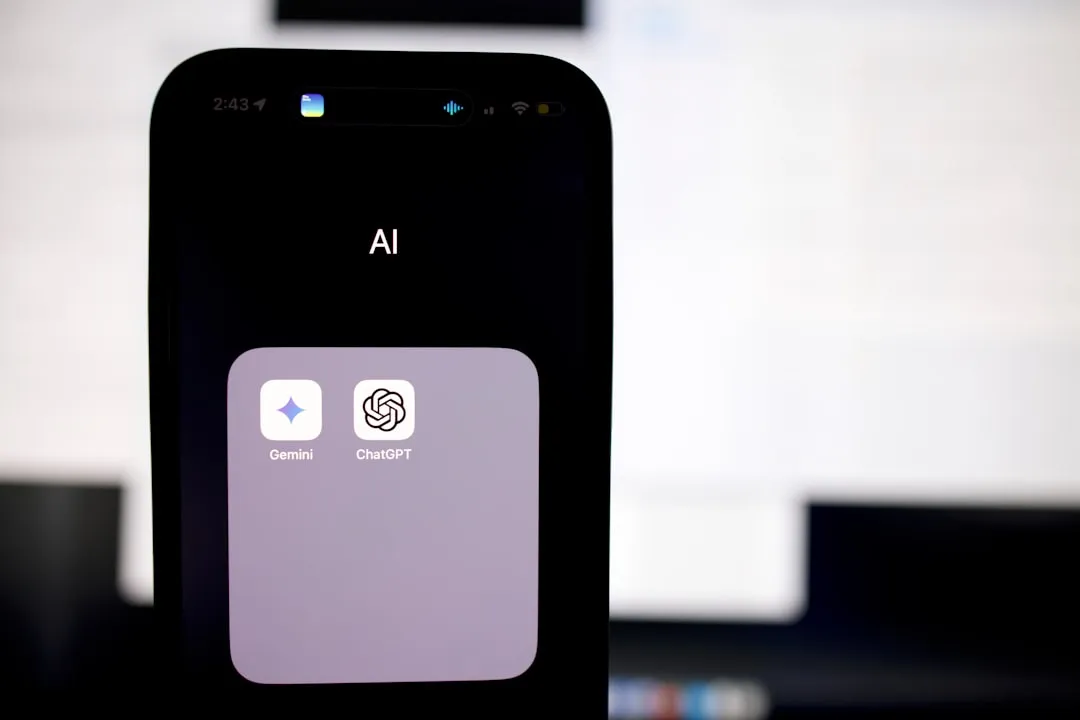
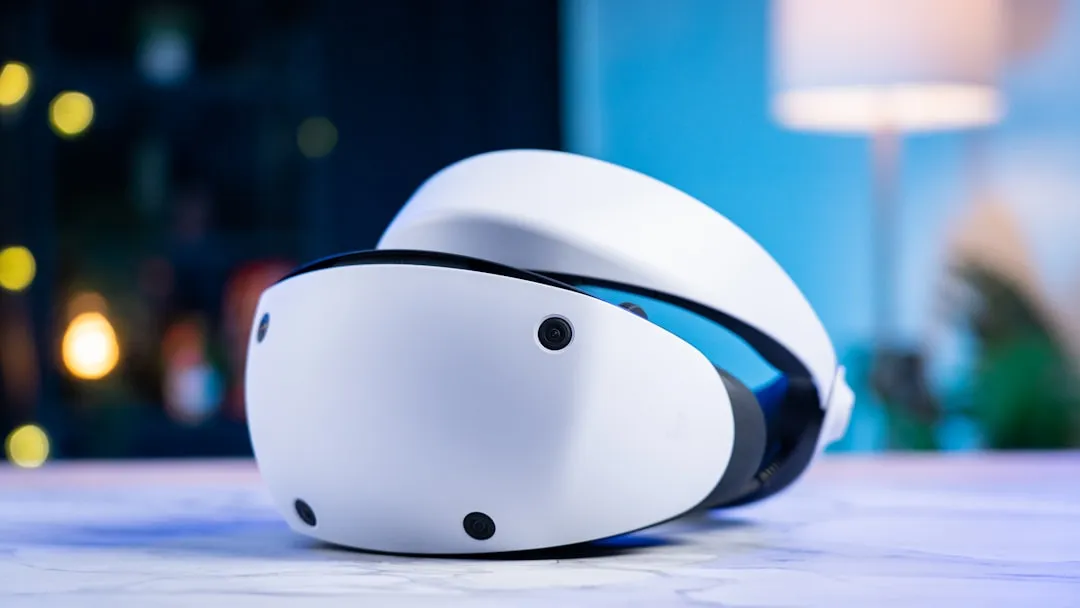


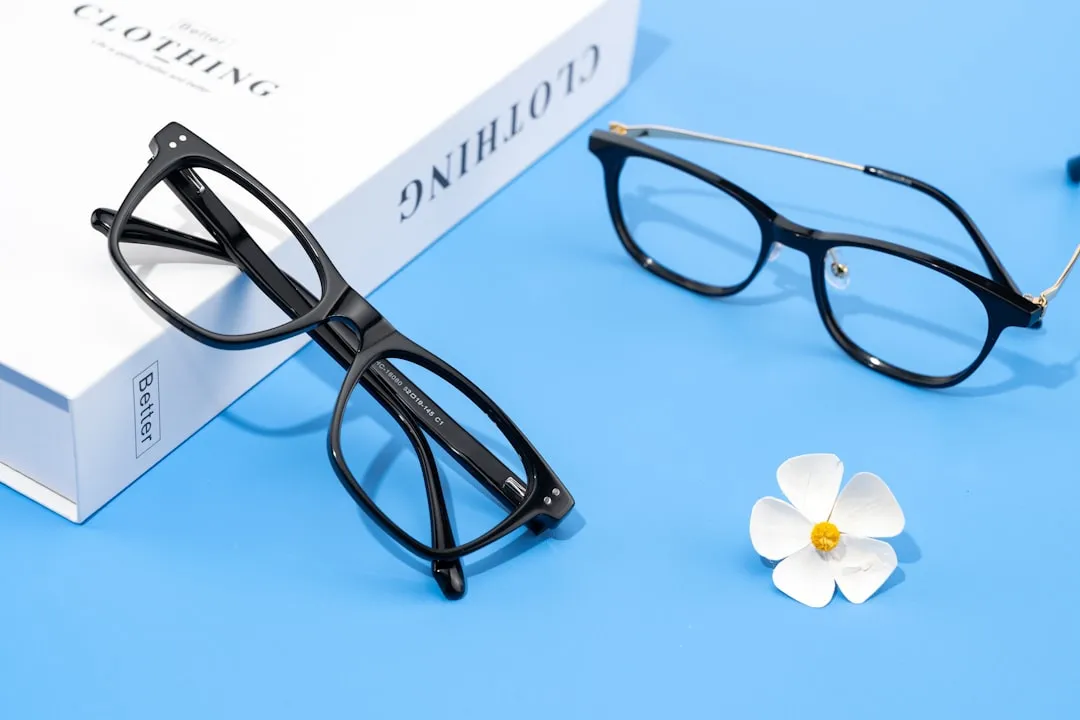
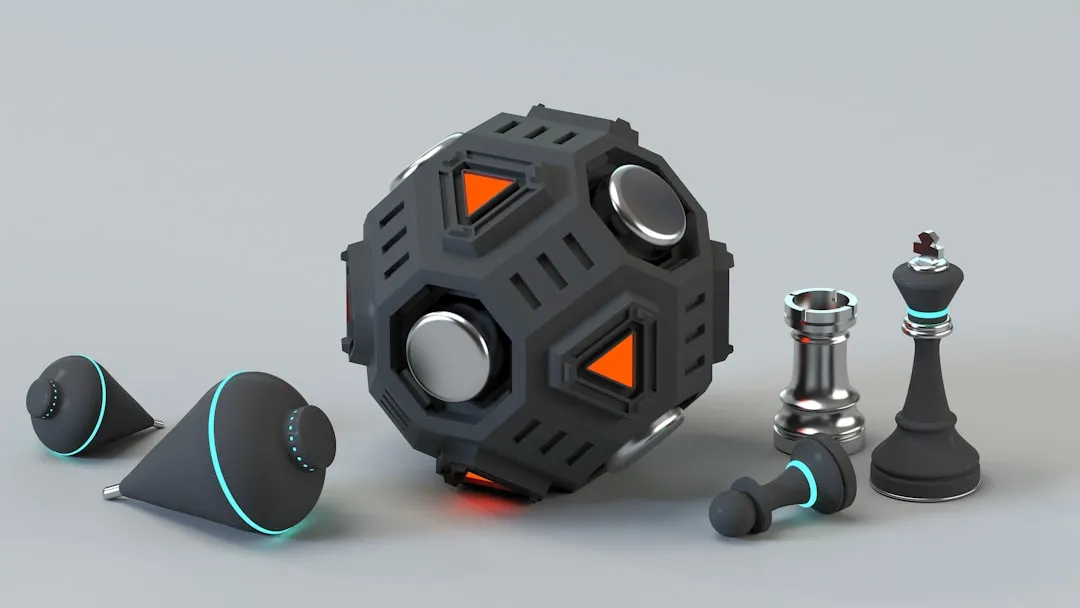

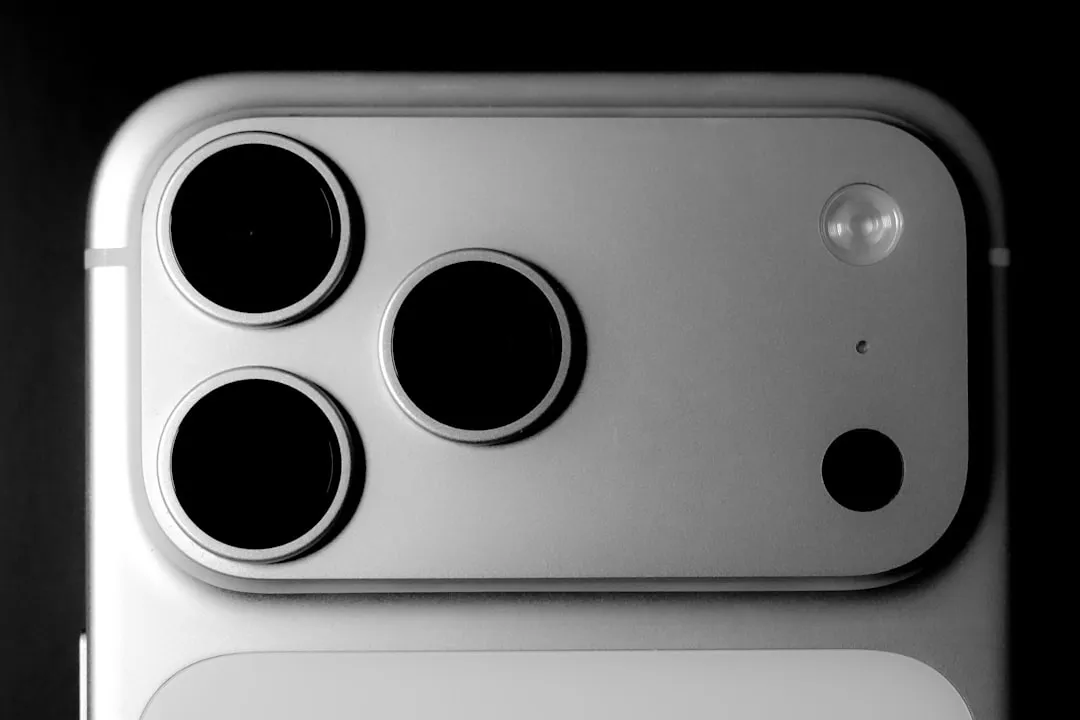
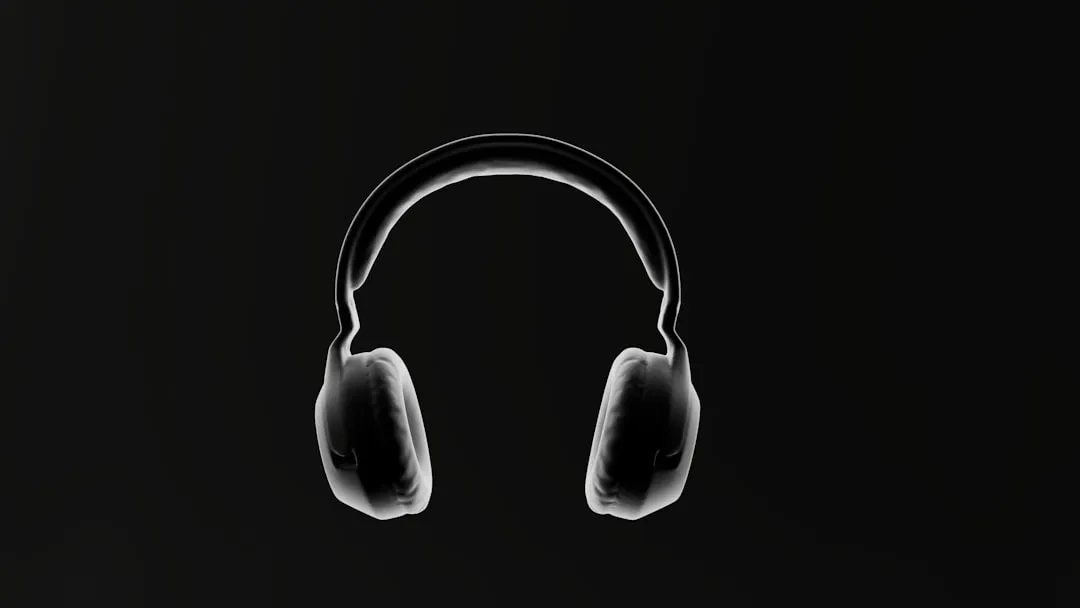

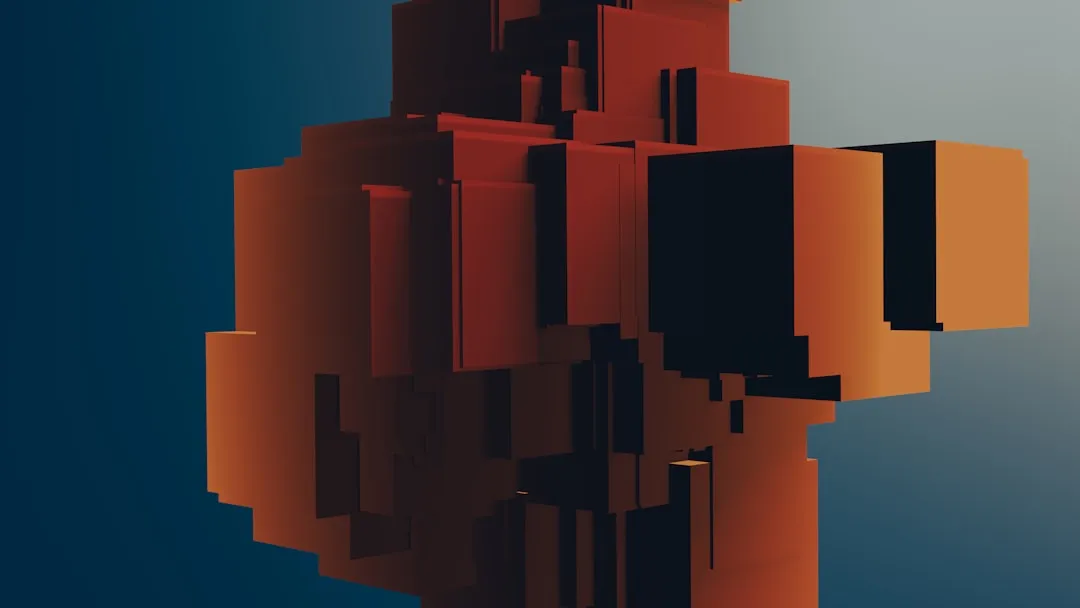


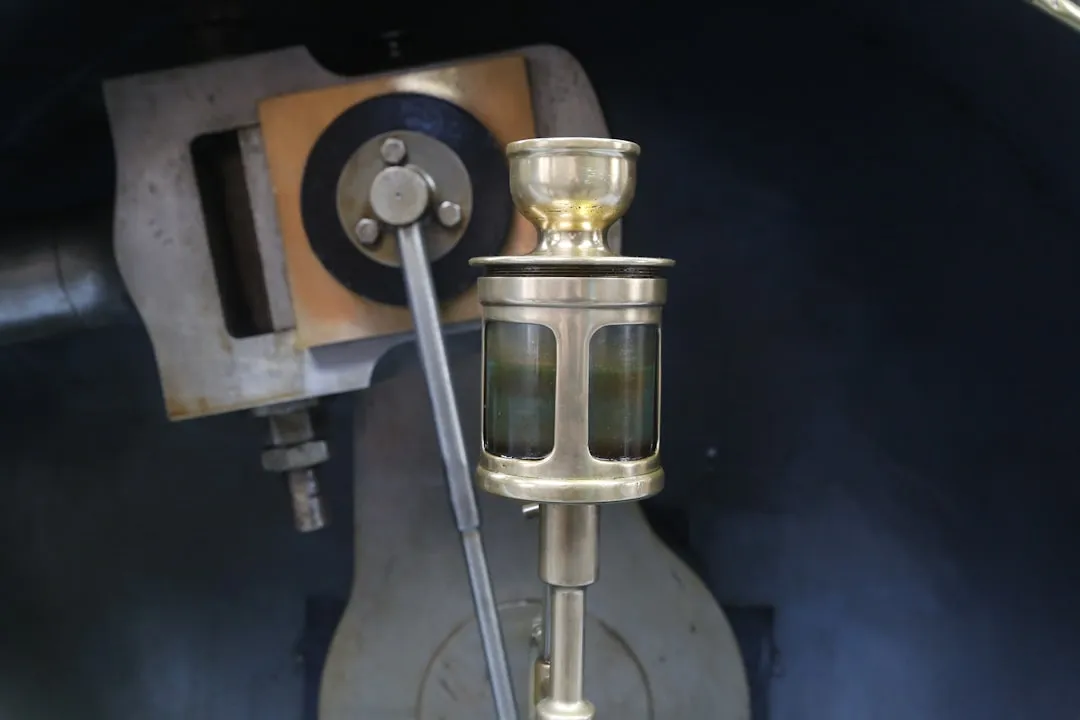


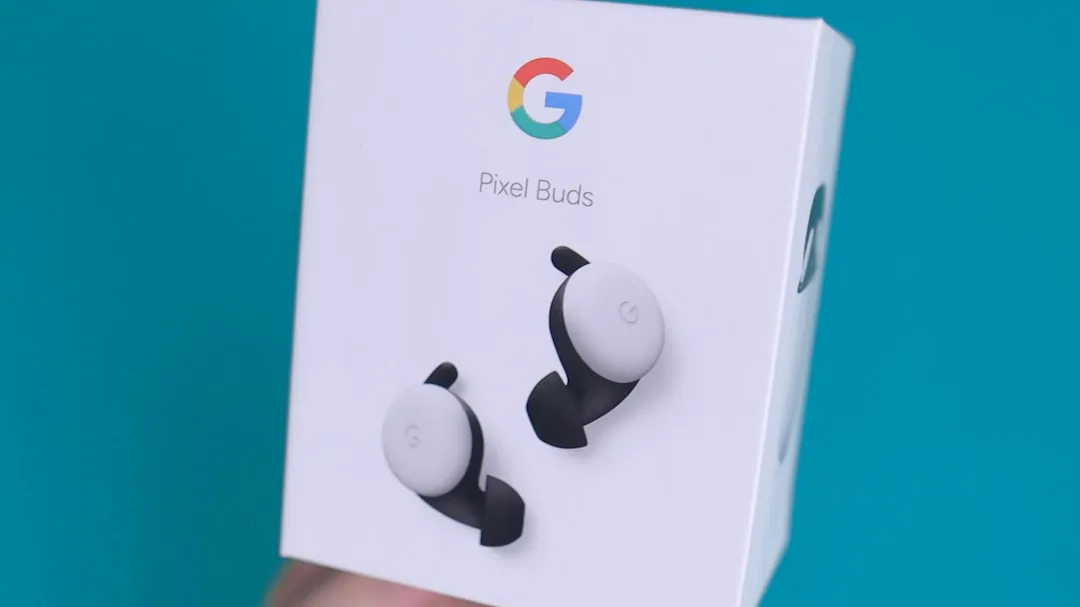
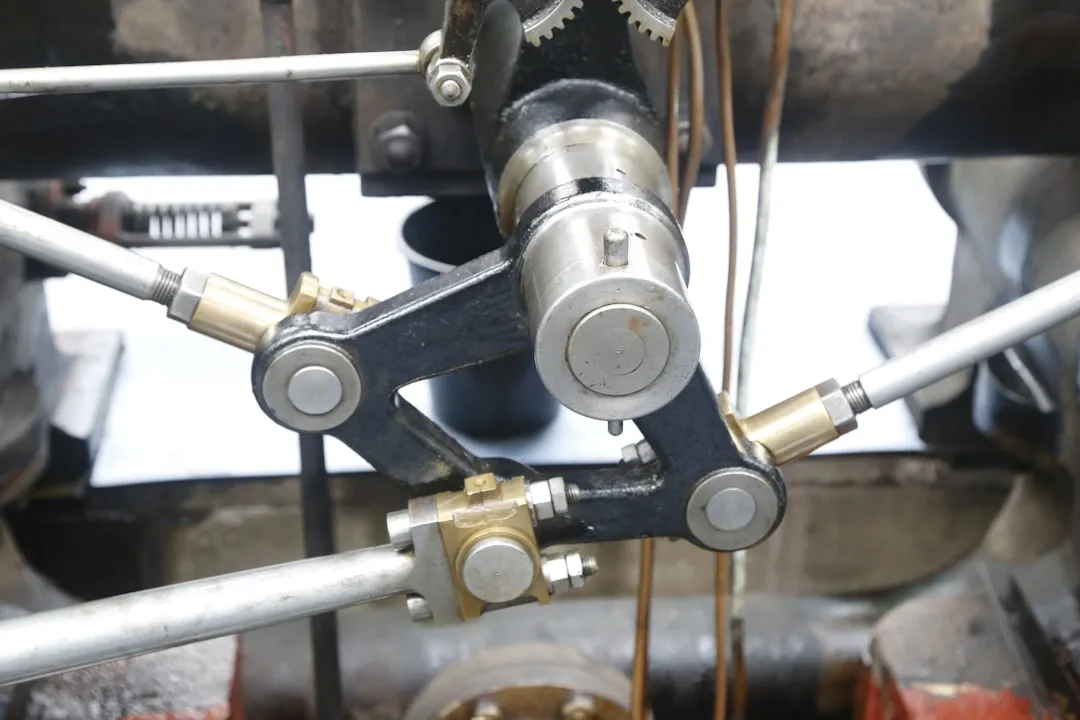
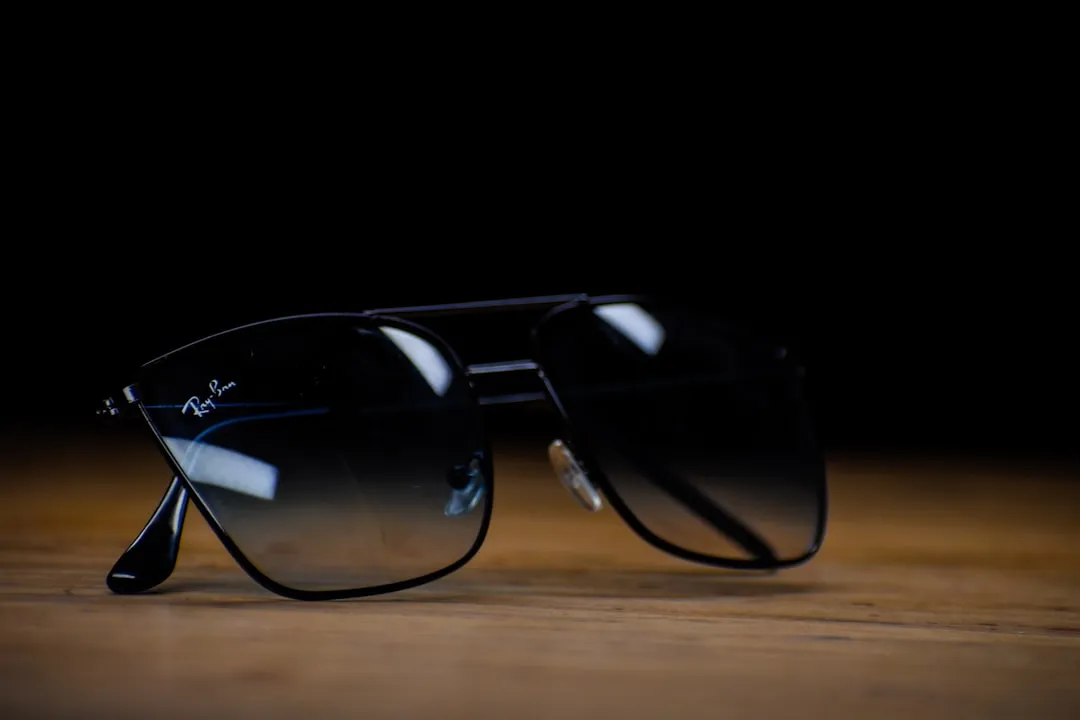
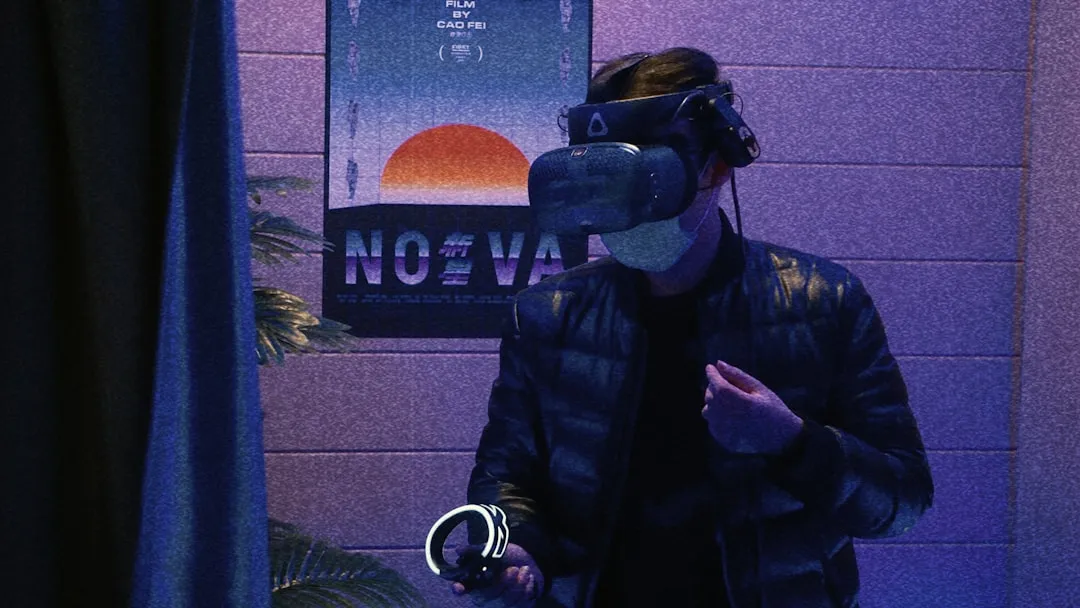
Comments
Be the first, drop a comment!